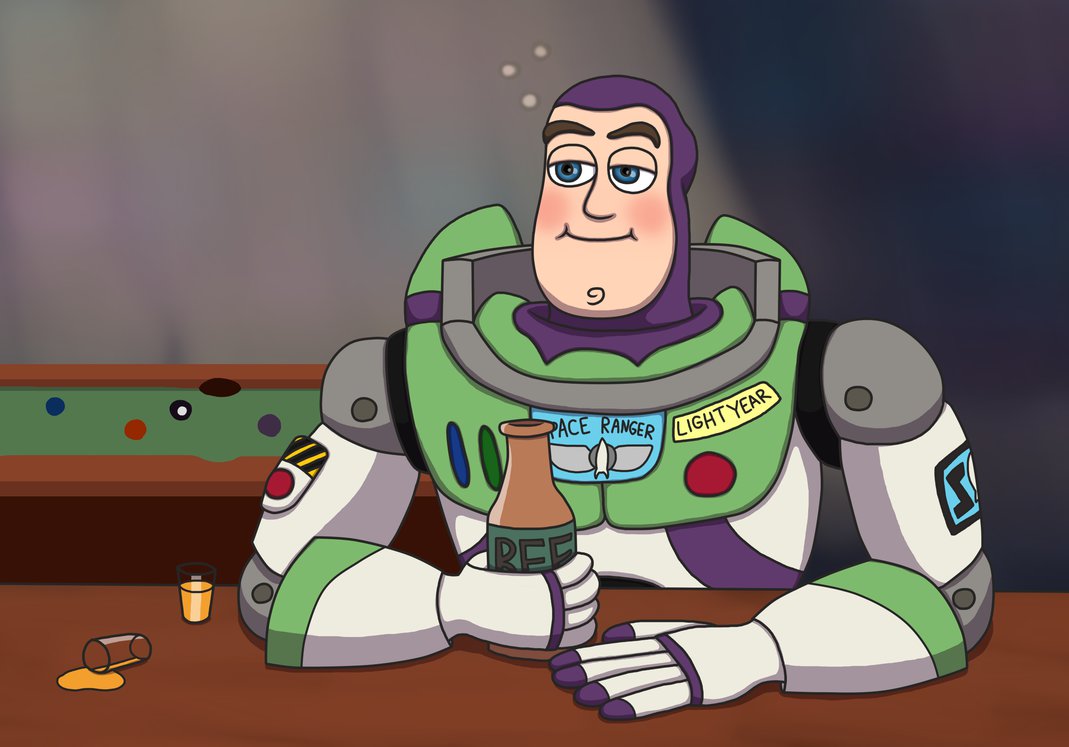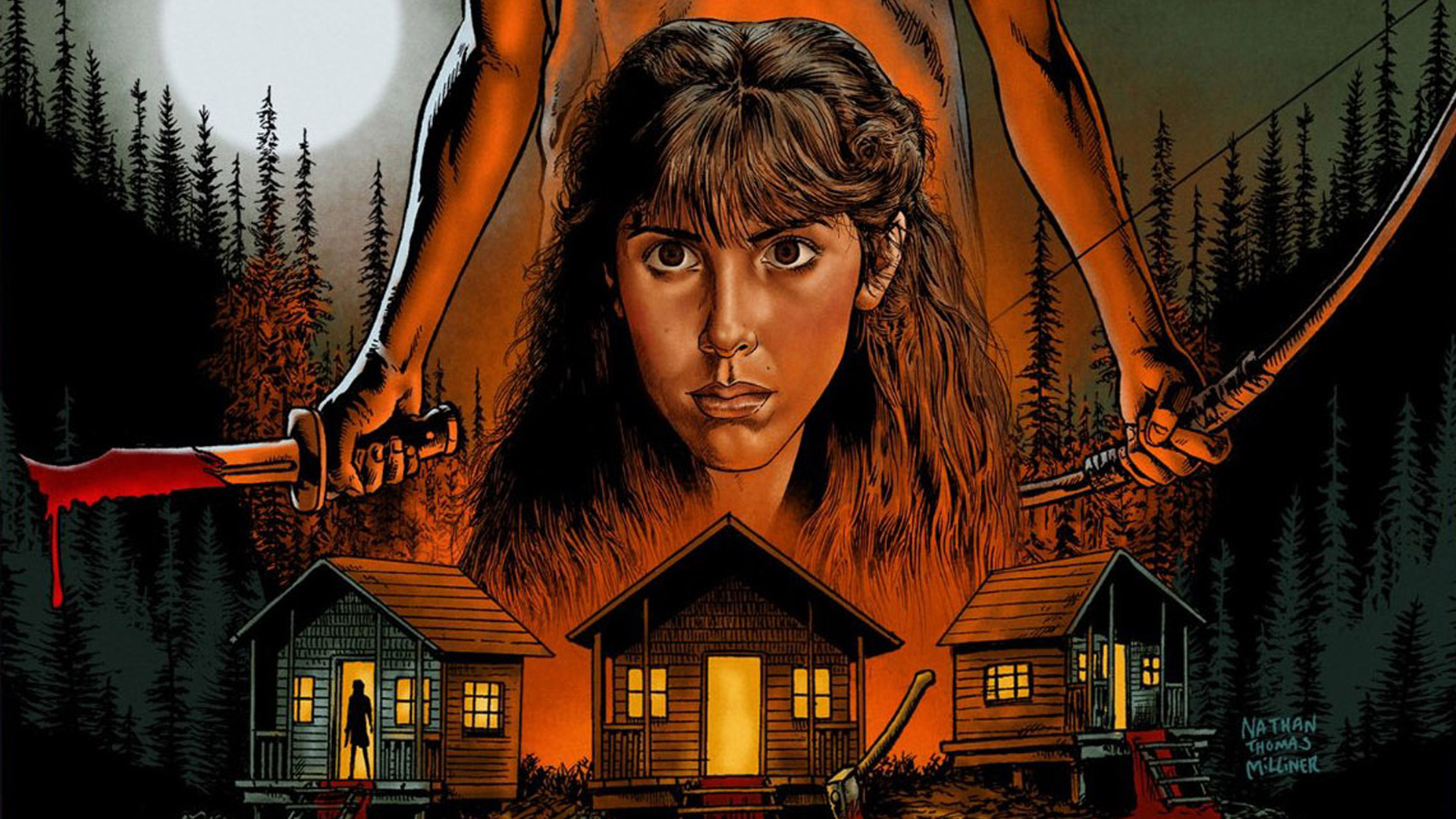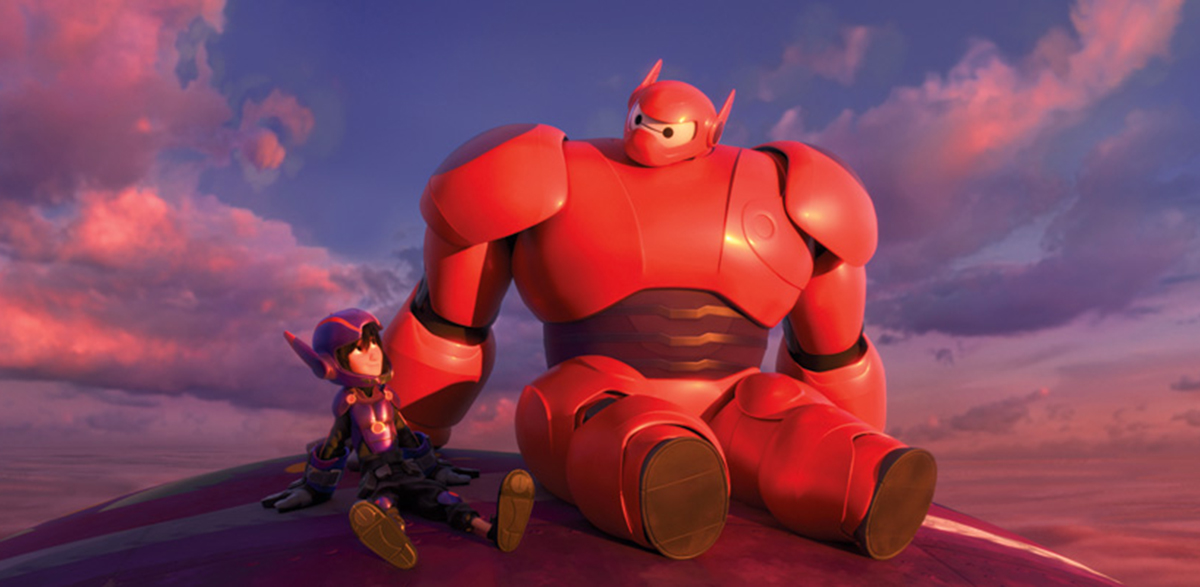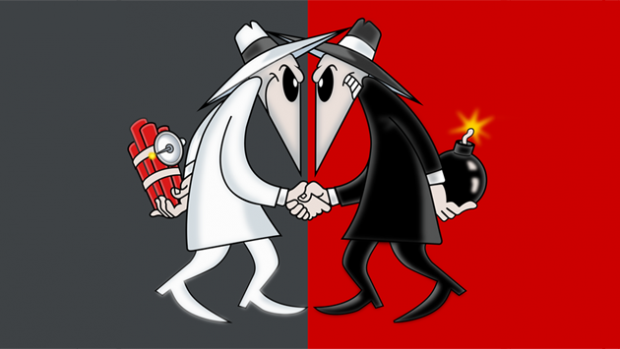Jason recaps the events from Roll For Combat, Episode 053: Conga Line of Death.
As foreshadowed in last week’s Talking, I’m pretty much going to blow off the episode this week (there was a fight, we won… yay, us!) and reflect on our one-year anniversary here at Roll For Combat, which technically happened yesterday. It’s going to be a bit of a free-for-all: I’ll primarily be talking about the main Dead Suns game and the Starfinder system as a whole, but don’t get too mad if I cross the streams a little and dip into our Society games or the Pathfinder Playtest a little bit as well. We’re in “free-form jazz odyssey” territory here.
My first thought is actually a bit of a guilty confession: I am forced to admit I was a little reluctant to try Starfinder, though I never really told anyone else. When the group started talking about playing, I could tell everyone else was excited, but me? I don’t know if it was bad experiences with Gamma World as a kid, worried about whether it would be different enough to be something other than re-skinned Pathfinder, or just feeling like swords-and-sorcery was my sweet spot in life. Whatever the reason, I must admit I was a little uneasy.
That’s the kind way of saying I was worried it would suck.
Well, a year later, I can freely admit that Starfinder does not, in fact, suck. In fact, I really like it quite a bit. I think I’m still a sword-and-sorcery man at heart – you can have my Tolkien when you pry it from my cold, dead, fingers – but I think Paizo did a pretty good job with the system. If they were shooting for “familiar, but different” they really stuck the landing. They’ve made a lot of the right things a little easier without sacrificing too much of the tactical complexity that makes the game enjoyable; overall, it’s a fun world to play around in so far.
Playing Tuttle (and CHDRR) has been a large part of that fun, of course. For one thing, the mechanic-drone dynamic has been interesting, even before CHDRR became 6% goblin and acquired THE BUTTON. You don’t really have an equivalent class in Pathfinder – I suppose ranger pets or summoners have shades of it, but it feels just different enough to be its own thing.
But a lot of the fun is in seeing how the story changes the way your character develops. You have this idea of how your character is going to be and how he’s going to respond to things, but then things start happening and that idea adapts as you go.
To pick one example, let’s look at party dynamics. When we originally rolled up our characters, I assumed Tuttle would see Mo as his major foil, as something of a polar opposite – the tech guy who doesn’t like the dumb jock, sees Mo as competition for CHDRR as the “muscle of the party”, etc. But as we’ve been playing, you have Rusty bossing everyone else around and Hirogi being kind of a loose cannon… Tuttle has actually come around to have a certain fondness for Mo because at least he’s reliable – he knows what he’s there to do and he does it well. (OK, that’s still a fairly condescending view of the big lunk, but one that’s somewhat more appreciative of what he brings to the table.)
I also envisioned Tuttle being something of a “mad bomber” mechanic when we first started this – that I was going to put a lot of his abilities into damage-dealing abilities. But as we’ve played, I’ve gotten more comfortable with Tuttle as more of a problem-solver and pure skills monkey, and a lot of his choices – abilities, gear, etc. – have been geared more toward versatility and solving problems. Even when he addresses combat skills, it’s tended to be more about defense and self-preservation than blowing stuff up. So he’s become less of the “Doctor Destructo” type I thought he’d be and more McGuyver.
Don’t get me wrong. There are times when I lament Tuttle’s lack of firepower. Watching Mo hit for 20 or 25 points of damage, and then having Tuttle plunk an enemy for 3 or 4 is kind of humbling. Sometimes playing a support is tremendously frustrating. Which is why it’s been nice to occasionally blow off steam in Society with Nala. This just in: Solarians hit hard.
Speaking of which, I think one of the things that really stands out for me is how Society play seems like such a good fit for Starfinder. I don’t know if it’s something about associating sci-fi with TV (Star Trek, Doctor Who, etc.) but there’s something about the episodic nature of Society that really fits well in a sci-fi setting. Meanwhile, fantasy always felt like it was best suited to the long-form epics of adventure paths, so running “errands” in the Society setting never quite took off in the same way for me. In Starfinder, it fits like a glove.
Our first year hasn’t been all daffodils and sunshine, though. There have been a few things that vexed me a bit as we’ve gone through this first year.
Some of it is rulebook stuff, but most of that is a minor inconvenience. It’s frustrating that you only get 10% back when you sell stuff. The economy on healing serums seems off. I’m still getting the hang of weapon fusions. Things like that.
As a system, starship combat came out of the gate strong, but the bloom came off the rose a little after repeated viewings. First, some fights just feel like they go on too long, though some of that may have been crappy dice rolls. But I also feel like the roles aren’t equally interesting, and that could be something that needs to be addressed. Pilot is almost always fun and engaging, and I usually had fun doing Engineering/Science with Tuttle. On the other hand, shooting a gun is kind of static, and I have to admit my one stint as captain (an in-person game at my local game store) felt comparatively boring as well. It feels like the roles don’t always have equally interesting choices, and maybe something could be tweaked to help with that.
(I would also concede that maybe this gets more interesting when you get into more powerful ships and ship upgrades. If you get to drive Galactica and launch a fleet of Vipers when you hit Level 15 or 20… that could change my tune.)
I think the other meta-complaint is not exactly a negative, but more of a “room for growth” thing – the first batch of content feels a little… “conventional” for the setting. Sci-fi seems like it’s all about possibilities, but it feels like the core rules and the first few adventures have been just scratching the surface of that – a lot of fights against humanoids with guns. And I can sort of understand – if you have to write the first few adventures while you’re still writing the system itself, you probably have to keep some things simple by necessity. But I hope as they grow and expand the game, I hope they get a little more freaky and “embrace the strange” a little more. I suppose you’re already starting to see some of that with the first few supplements and some of the more unorthodox Society adventures (Star Sugar Heartlove! Zo!), so I hope that’s a trend that continues.
We’ve talked about the game, but I also wanted to talk about the first year of the podcast itself.
Going into this, I had low expectations and probably envisioned this as kind of a fire-and-forget thing: we do what we’ve been doing, but we hit RECORD and howl into the void by throwing it on the Internet… maybe people listen, maybe people don’t. But it’s been really interesting to see how much more it’s become.
First, and absolutely foremost, it’s been gratifying and humbling to know that all of you are out there listening. I’m not blowing smoke here, I really mean it – I’m a fairly low-ego guy, so there are times where I simply don’t know how to process that. I relish the fact that I can go on Discord on Tuesdays and see people talking about the most recent episode. And the funny thing is it doesn’t even have to be POSITIVE feedback – I’m equally amused that people care enough to tell us we’ve been doing a rule wrong for five episodes, or how we missed an obvious solution to a problem. For the record – it’s totally an “us” thing, not a “me” thing; it’s feeling like we created this little something that has value within the larger gaming community.
(Personal highlight: the Discord contest to come up with other cheese-related acronyms in case I ever wanted to change CHDRR’s name. Great stuff.)
It’s also been neat to have all these special guests come on and join us, but not in the way you’d think. I compartmentalize it a little. When Steve does interviews with Paizo folks, that’s where I get my “PAIZO! GOSSIP! INSIDE DIRT!” fix, like the rest of you. When we have someone come on as guests on RFC, I’m far more into what they bring to the table as fellow gamers – the fact that they work for the Paizo Mothership is secondary to the fact that there’s this new person adding a completely new dynamic to our table. Five or six years playing with the same group of people has a lot of benefits, but it can be nice to have someone come in and shake it up a little.
(OK… If I’m being totally honest, the one exception was having John Compton re-do CHDRR. I did have a total “someone at Paizo customized my character” fanboi moment on that. Not gonna lie.)
Writing Talking Combat has been a pleasure as well. I don’t remember if I covered this anywhere else (bio, another Talking, etc.) but I used to write for my college newspaper, so doing this column scratches that writing itch a little bit. I’ll admit there’s good and bad weeks – sometimes I’m rushed for time in real life, sometimes the episode doesn’t give me a lot of hooks to write about, sometimes it’s plain old writer’s block – but overall I like having the platform to carry on about a topic I really enjoy, and some days I get on a roll and the column flows right out. If I had to pick a favorite column, it’s probably “Odo’s Nose”, where I managed to fit in a high-concept discussion about making “flawed” characters work in a roleplay setting AND goofed off by fitting all the DS9 characters into Starfinder classes and themes.
Then there are also the “tangibles”, which… OK, they’re selfish, but they’re still cool. Getting to go to PaizoCon for the first time. Actually taking part in a panel at PaizoCon. Having actual professionally-done artwork for characters and having them on a T-shirt. For the record, I’m still holding out for a Tuttle and CHDRR set of Funko POP!s, but that’s not bad for Year One.
Doing all of this hasn’t been without some minor challenges. I’m not some foul-mouthed monster, but I do have to watch my language and not swear as much. We do aim to be family-friendly. As I said in our PaizoCon panel, there’s a real need to be “up” and to participate – when we were just playing for ourselves it was OK if I half-assed a session (cough-or-even-fell-asleep-cough), but it’s important to be present when the “tape” is rolling. Just as a logistical matter, a couple of the weeks where we had to pull double duty (Dead Suns and Society) got a little hairy. But all in all, the few minor impositions have been well worth the adventure.
OK… enough staring off into the distance accompanied by angsty piano music. Self-reflection time over: next week we get back to bashing some cultist skulls. Fiiiine (sigh)… as soon as we can find out where the door to their lair is. (You just HAD to bring that up, didn’t you.) With all sincerity, it’s been a great first year, and thanks so much for listening and reading along with us and being such an important part of it. As always, we’d love to hear your thoughts over on our Discord channel or other social media, and we’ll be back to our usual low-gravity, sifting-through-space-dust hijinks next week.










